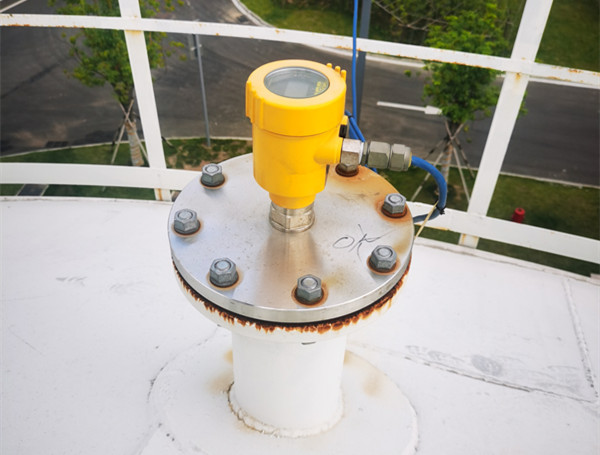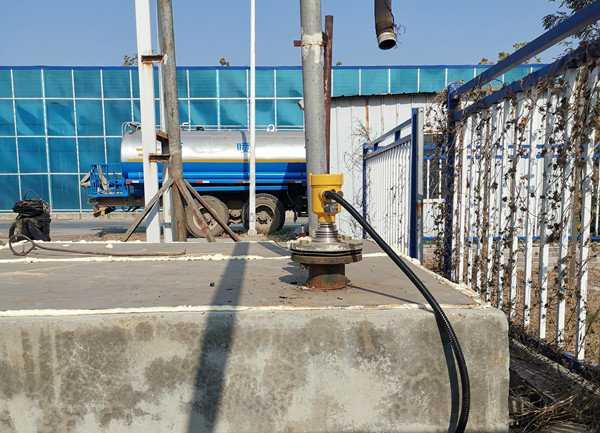As a kind of sensor, a radar level meter has the characteristics of high accuracy, reliability, and wide application range. In industrial production, environmental monitoring, and other fields, its application is becoming more and more widespread. However, the radar level meter inevitably fails in the process of use, at this time, how to determine whether it can work normally and maintain the normal operation of the level meter has become a key issue. In this paper, we will discuss how to judge whether the radar level meter can work normally or not and combine two actual cases for discussion.

First, to determine whether the radar level meter can work properly
Check whether the power supply line and line transmission are normal. When you find that the display is incorrect after power is applied, you should first check whether the power line and line transmission are normal. In the case that the line transmission is not normal, you can also use methods such as replacing the line and testing the contact to investigate the problem. Check whether the reflectivity is appropriate.
The measurement accuracy of the radar level meter is directly related to the stability of the reflectivity. Experts point out that the amount of change in the reflectivity must be within 5% to ensure that the measurement accuracy is not affected. Therefore, when judging whether the radar level meter can work properly, you should check whether the reflectivity is in a suitable state. Check the liquid temperature and viscosity.
Changes in liquid temperature and viscosity can affect the measurement accuracy of the radar level meter, especially when the liquid level changes drastically and the liquid is viscous. Frequent checks of liquid temperature and viscosity can help improve the accuracy of radar-level meter measurements.

Second, the actual case analysis
Case 1: sewage treatment plant level meter failure
A wastewater treatment plant installed a radar level meter to monitor the level of the treatment pond. However, in actual use, the level meter shows the height of the liquid level does not match the actual level, resulting in excess water transmission to the treatment pond. After inspection and analysis by the technicians, it was found that the power socket of the equipment was loose, causing the transmission line to be interrupted, resulting in the incorrect display of the level meter. Subsequently, the technicians re-fixed and repaired the power socket and the level meter resumed normal operation.
Case 2: Chemical plant device separation level meter failure
A chemical plant used a radar level meter in the device separation control device, but the level meter display value was different from the actual value, and the level measurement was unstable. In response to this problem, the technicians tested the circuit lines and transmission lines of the device and found that the reflectivity was abnormal. During the further inspection, it was found that the residual and deteriorated liquid in the device’s container had blocked the level meter’s sensor, causing the reflectivity to be abnormal. The fault was finally solved by repairing the key apparatus and performing hydraulic cleaning.

To determine whether the radar level meter can work normally, a comprehensive, detailed, and systematic judgment and testing of the state of the circuit lines and reflectivity of the equipment is required.
In the inspection process, it is necessary to focus on the power supply line and reflectivity, continuously eliminate faults, improve the measurement accuracy and stability of the radar level meter, ensure normal operation trajectory, and provide good protection for the production process.
In practical application, more advanced means of handling liquid level meter fault problems can also be adopted, such as remote monitoring technology, automatic alarm system, fault diagnosis algorithms, etc.
These technical means can provide comprehensive, real-time, and accurate status detection and fault analysis of the level meter so that the level meter fault problems can be quickly investigated and solved.
The application of these technologies further demonstrates the application prospects and development potential of radar-level meters.
